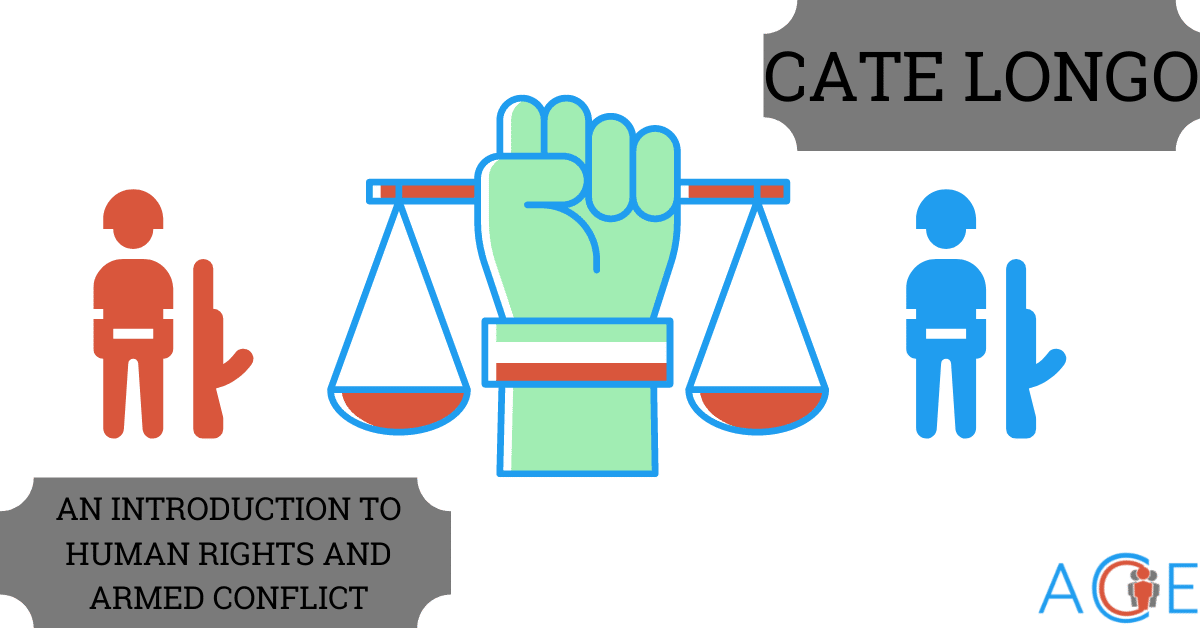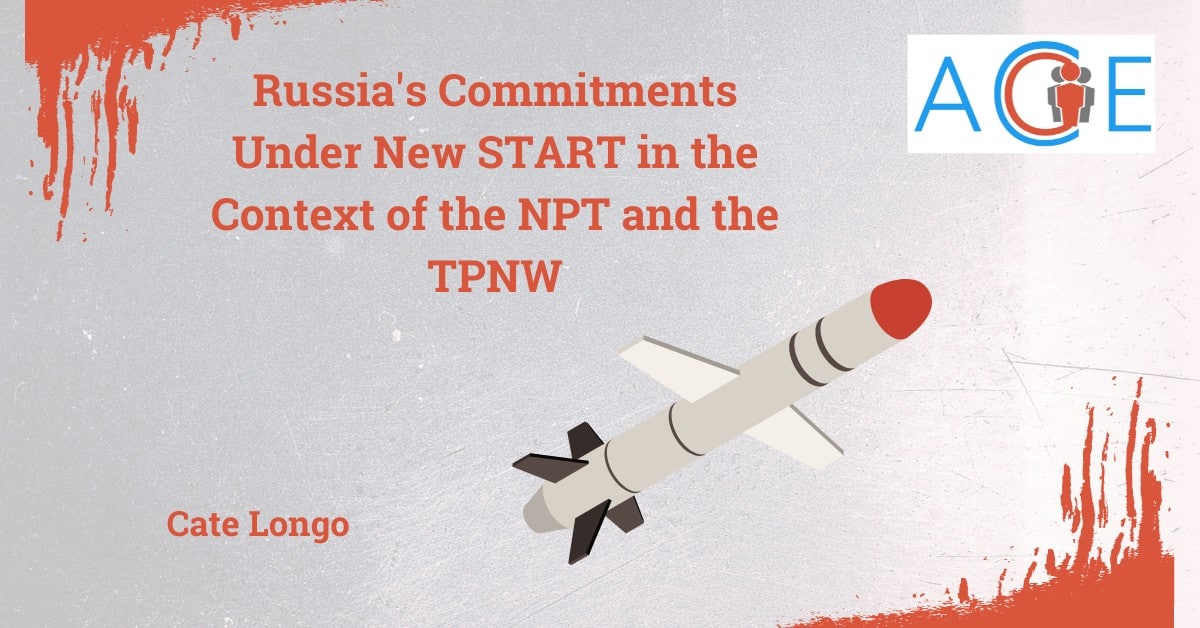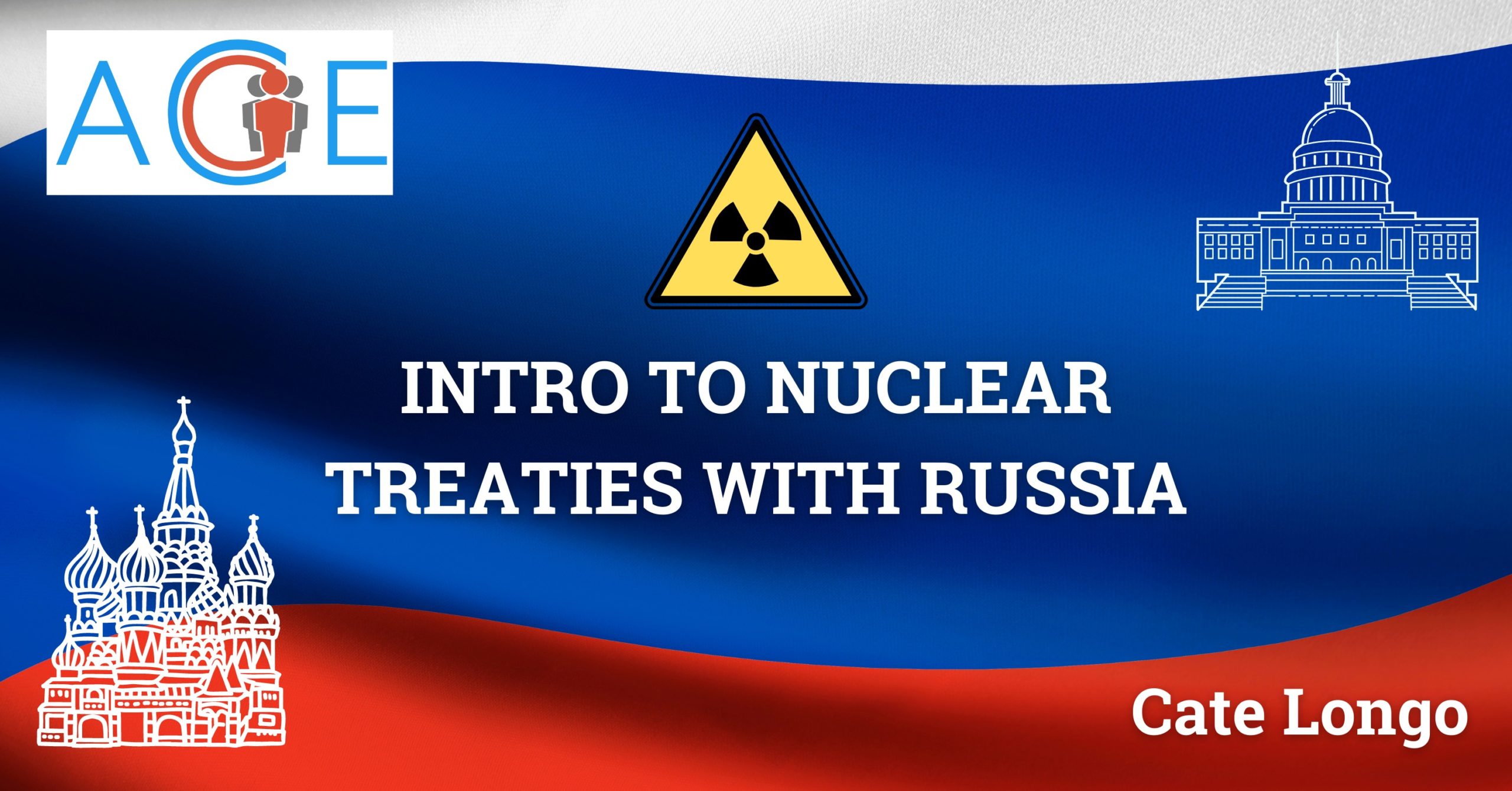There are two bodies of law that guarantee the protection of human rights for individuals and groups on a universal scale, international human right laws and international humanitarian law.
Defining Laws that Protect Human Rights
International human rights law (IHRL) is a set of international standards, enforced via treaty and customary law, that ensure that certain rights must be respected and protected by their states and state actors. Customary law are the legal norms that have been established via a historical pattern of behavior and expectations of states, and many expectations under IHRL fall under the category of being “customary”. International humanitarian law (IHL) is a set of humanitarian protections put in place to help protect civilians in times of armed conflict. The ultimate goal of IHL is to limit the effects of armed conflict and protect individual human rights during war time. IHL is binding to all parties in an armed conflict and holds them to a standard of equality of rights and obligations to states involved in the conflict. IHL is integrated with jus in bello (law governing the conduct of war) and jus ad bellum (law allowing the use of armed force). These latin terms have been around since Medieval times when thinkers such as St. Augustine and Thomas Aquinas began propagating theories surrounding “just war”. Some of these requirements for “just war” created the foundation for the modern laws governing when war and use of force is permitted.
According to the International Committee of the Red Cross (ICRC) and the UN, it was historically held that the difference between international human rights law and international humanitarian law was that the former applied only in times of peace and the latter in situations of armed conflict. Contemporary international law now recognizes that this distinction is less clear than originally believed to be. It is widely recognized by the international community that since human rights obligations derive from the recognition of the inherent rights of all human beings under IHRL that these rights should come into play during both times of peace and war because of the fact that nothing in human rights treaties indicates that they should not be applicable in times of armed conflict. These two bodies of law are thus complementary in nature and at their core establish the same goal of securing the dignity and safety of all individuals.
International Humanitarian Law
IHL is also known as the Law of Armed Conflict (LAOC) and operates under two primary principles, which are defining legitimate means and legitimate targets during wartime. IHL, through international agreements such as The Geneva Conventions and the Hague Commissions, lays out ground rules that define what practices of war are acceptable to use during wartime. “Legitimate means” refers to the fact that certain types of weapons or military tactics are prohibited if they violate the principle of unnecessary suffering and all acts of perfidy, defined as deceitful tactics or acts of deception, are generally prohibited. When it comes to defining what a legitimate target is, protecting civilians and non-combatants is the priority. Any non-military objective should be protected, such as schools, hospitals, and places of worship. Customary law within the international community also implies that certain universal standards of armed conflict should be respected and not militarily targeted such as Prisoners of War (POWs), wounded soldiers, the white flag indicating surrender and anything marked with a red cross or a red crescent symbol indicating humanitarian aid.
It is widely accepted that war will inevitably take place and although the use of force is prohibited under the Charter of the United Nations, Article 51 allows for use of force in specific cases of self-defense when the threat is imminent, and Chapter VII spells out instances when use of force can be authorized via approval by the UN Security Council. These two exceptions are both cases in which IHL would come into full force and govern the conduct of the states engaging in armed conflict.
The laws of armed conflict have human rights standards at their core; the problems arise when enforceability is brought up. Because IHRL and IHL reside at the international level and there is no true international governing body, these laws of war rely on the fact that it is in each nation’s best interest to abide by these standards.



